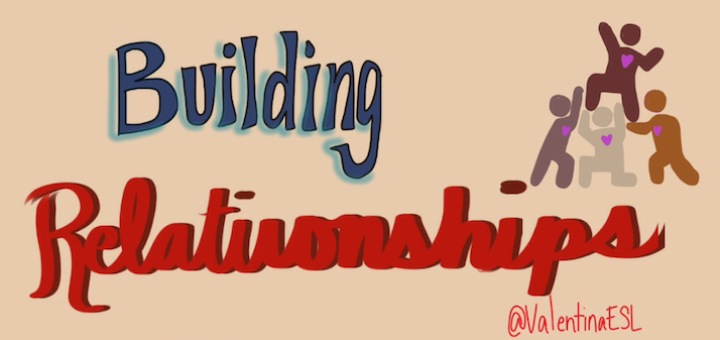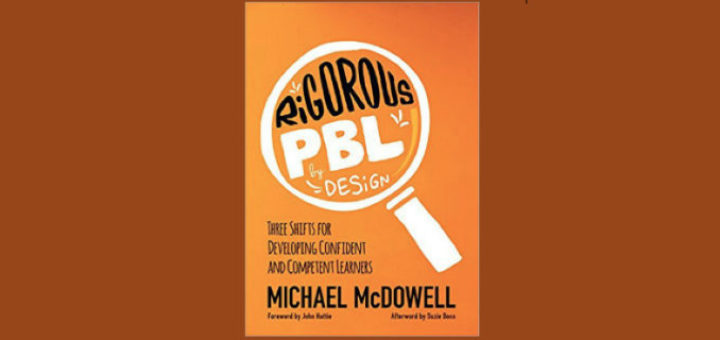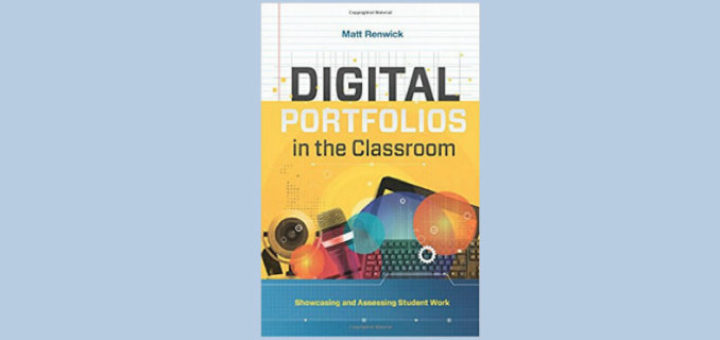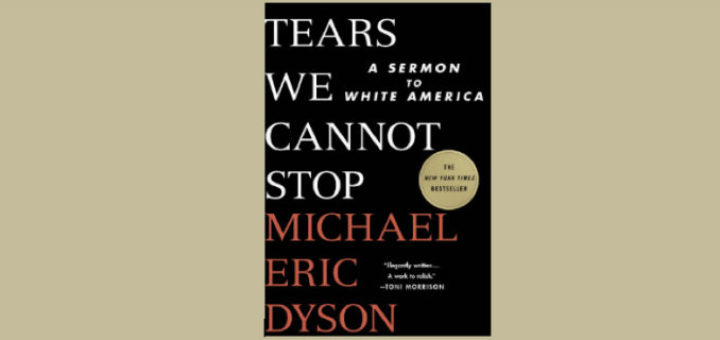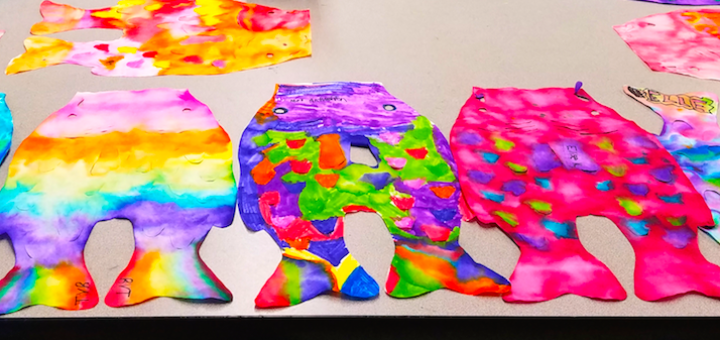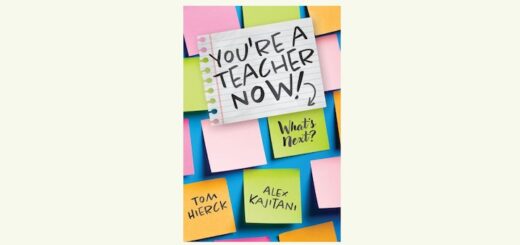Teaching and learning in grades 4-8
Great educators don’t exist in a vacuum. More often than not they are supported by loved ones who also play a part in the accomplishment of a teacher’s daily miracles. Consultant Debbie Silver describes how spouses, children, and parents share in the teaching life.
When Michelle Russell began teaching, she was always surprised when students said they didn’t like math. She’s not surprised any longer. After considering some of the roadblocks to loving math, she shares the goals she’s established to help reach more of her students.
Middle grades English language learners and especially new immigrants can feel vulnerable in the classroom. How can teachers build relationships with our ELLs to help them feel safe and more open to learning? ELL specialist Valentina Gonzalez shares five proven techniques.
After outlining the three design shifts in clarity, challenge and culture Michael McDowell calls for in Rigorous PBL by Design, teacher Rebecca Berger recommends PBL educators and leaders of PBL-focused schools take the time to read this dense but informative book.
In Digital Portfolios in the Classroom, personal anecdotes, discussions of technological tools, and interviews with educators who use a portfolio system provide a multifaceted picture of the benefits and possibilities of this student-centered approach to assessment.
Michael Dyson’s Tears We Cannot Stop challenges white Americans to confront white privilege and join black Americans to fight racism. Teacher Rita Platt finds Dyson’s book an effective starting point for educators ready to develop a social justice lens to combat racism.
Middle grades teacher Mary Tarashuk confronts the line between preserving childhood innocence and honestly exploring the real world. Are her sudden tears during the daily real aloud of The One and Only Ivan encroaching uncomfortably on that unidentifiable boundary?
Every year, writes teacher leader Jennifer Smith, schools “muddle through” standardized testing days trying to design schedules that take less time away from productive learning. Her 5th grade team tried a fresh approach that both engaged and energized test-weary kids.
Educator and author Roxanna Elden shares some practical advice from her Disillusionment Power Pack that can help novice teachers discover ways to channel their personal strengths and experience into classroom success. She also points out pitfalls to avoid along the way.
When Cheryl Mizerny polled her students about their stress levels, she found both social and school related concerns: noise, homework, time management, grades and testing. She shares actions teachers and schools can take to mitigate stress and promote student growth.



